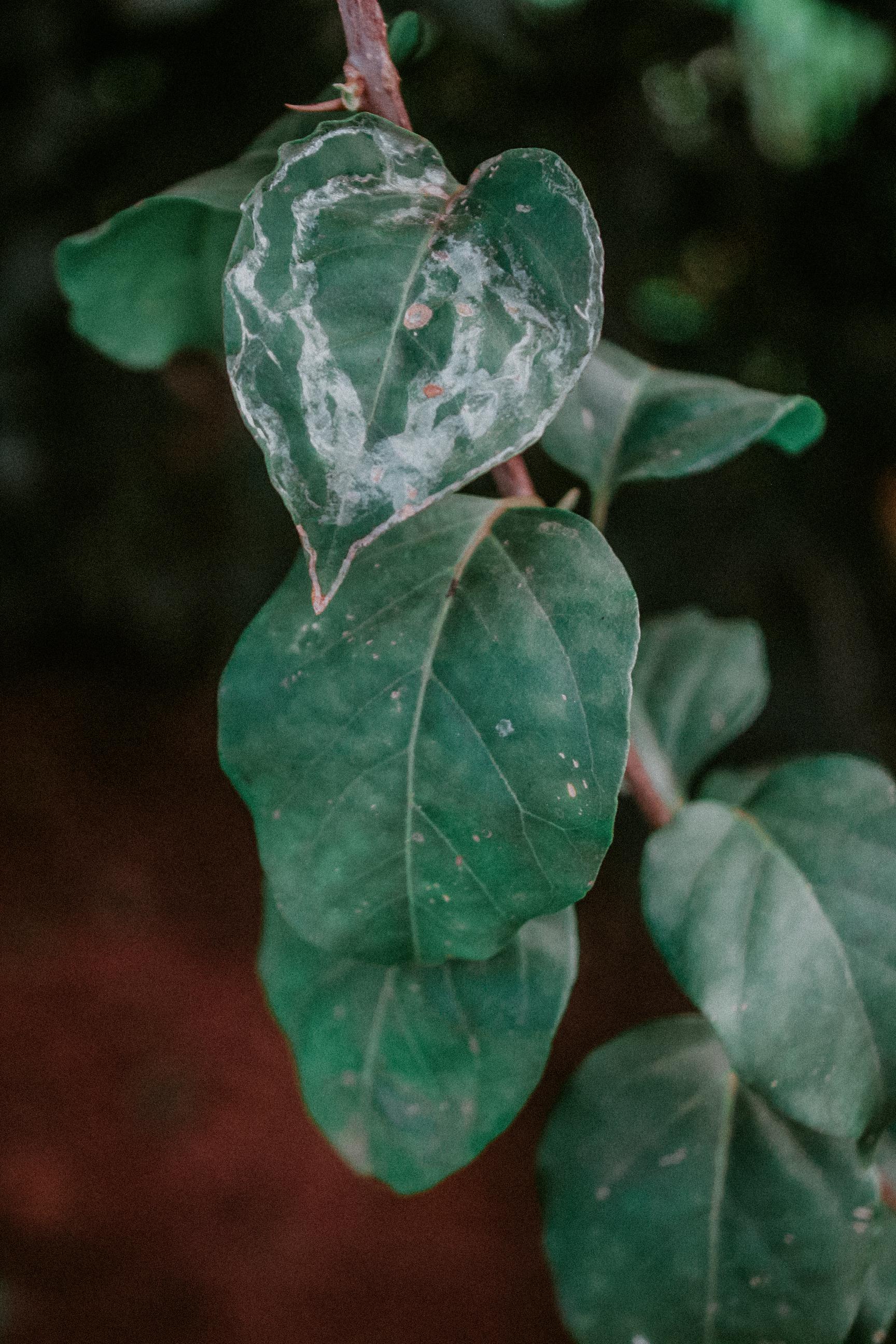
Powdery mildew
Erysiphe lagerstroemiae
What is Powdery mildew (Erysiphe lagerstroemiae)?
The Erysiphaceae family or powdery mildews, are Ascomycetes fungi that are obligate parasites, relying on living plant tissues. E. lagerstroemiae can be severe on woody species like roses, crape myrtles, and sycamores. It affects new growth, causing dwarfing, distortion, and a white powdery coating. Infected leaves die and drop prematurely. They infect above-ground parts like leaves, stems, flowers, and fruits.
How does Powdery mildew (Erysiphe lagerstroemiae) occur?
The Erysiphaceae family reproduces through asexual conidia, which are dispersed to initiate new infections. On perennial hosts like roses, they survive as vegetative strands in buds or as chasmothecia, fruiting bodies, on branches and stems. They form thin mycelium layers on plant surfaces, producing visible spores that contribute to the powdery appearance on leaves, flowers, fruits or stems.
Symptoms
1 - Plant Health
• Powdery mildew inhibits photosynthesis, reduces vigor, and causes premature leaf drop stunted growth, reduced fruit production, and an overall decline in plant health may occur. • Yield losses and diminished crop quality can result from powdery mildew infections. Infected fruits/vegetables may become unmarketable or have reduced shelf life.
2 - Soil Health
• Powdery mildew's direct impact on soil health is minimal. Severe infections leading to plant stress or death can indirectly affect soil health by reducing organic matter inputs and altering nutrient cycling.
3 - Environmental Impact
• Powdery mildew does not cause significant environmental contamination or long-term soil pollution due to the misuse of fungicides. • Powdery mildew infections can disrupt natural ecosystems by affecting native plant species and reducing food resources for beneficial insects and other organisms.
Solutions
1 - Cultural control
• Locate plants in sunny areas with good air circulation to reduce humidity and create an unfavorable environment for powdery mildew growth. • Water plants at the base in the morning to allow foliage to dry quickly, minimizing fungal infection opportunities. • Overfertilization can promote succulent growth, making plants more susceptible to powdery mildew. Use slow-release fertilizers or follow recommended application rates. • While not a prevention method, overhead sprinkling can help wash off powdery mildew spores from plant surfaces, reducing their spread.
2 - Least-Toxic Fungicides
• Myclobutanil (Immunox) can function as an eradicant and protectant. • Horticultural oils such as JMS Stylet Oil and Saf-T-Side Spray Oil, along with natural oils like Neem Oil (e.g., Powdery Mildew Killer) and Jojoba Oil (e.g., E-rase), are effective options for controlling powdery mildew. It's important to read and follow the instructions provided by the manufacturer when using any fungicides.
3 - Biological Control
• Biological fungicides, like Serenade, contain beneficial microorganisms that destroy fungal pathogens. It has an active ingredient, Bacillus subtilis, which helps prevent powdery mildew infection. It's important to read and follow the instructions provided by the manufacturer when using any fungicides.
4 - Chemical Control
Here are some chemical fungicides commonly used to control powdery mildew: Propiconazole (e.g., Banner Maxx, Funginex), Myclobutanil (e.g., Immunox, Eagle), Thiophanate-methyl (e.g., Cleary's 3336, Domain), Azoxystrobin (e.g., Heritage, Quadris), Trifloxystrobin (e.g., Compass, Flint), and Tebuconazole (e.g., Folicur, Orius). It's important to read and follow the instructions provided by the manufacturer when using chemical fungicides.
